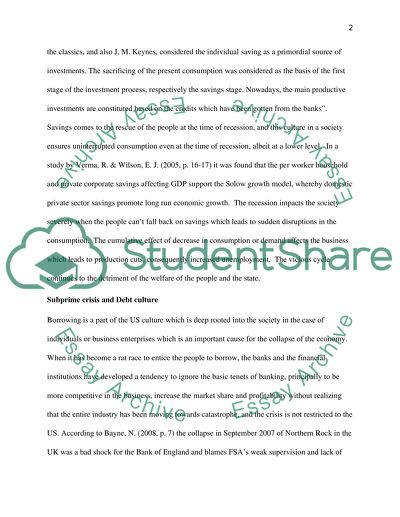Cite this document
(“The State of the economy and how it is efecting the people Essay”, n.d.)
Retrieved from https://studentshare.org/environmental-studies/1418089-the-state-of-the-economy-and-how-it-is-efecting
Retrieved from https://studentshare.org/environmental-studies/1418089-the-state-of-the-economy-and-how-it-is-efecting
(The State of the Economy and How It Is Efecting the People Essay)
https://studentshare.org/environmental-studies/1418089-the-state-of-the-economy-and-how-it-is-efecting.
https://studentshare.org/environmental-studies/1418089-the-state-of-the-economy-and-how-it-is-efecting.
“The State of the Economy and How It Is Efecting the People Essay”, n.d. https://studentshare.org/environmental-studies/1418089-the-state-of-the-economy-and-how-it-is-efecting.


